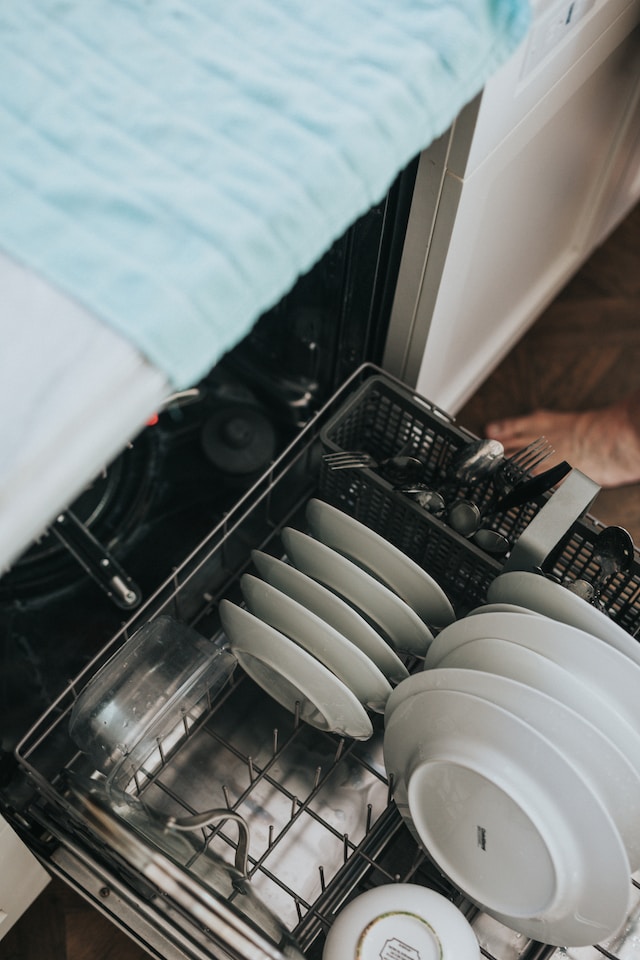
The Role of Bail Bonds in the Criminal Justice System
Bail bonds incentivize compliance with court orders by requiring that individuals pay money or promise to do so. This helps minimize court skips and maintain the efficiency of the criminal justice system.
However, several facets of the bail process have been criticized and scrutinized. Ultimately, the bail system seeks to balance public safety and the presumption of innocence.
The Role of Bail Bonds in Supporting Families
Bail bonds are essential in allowing people to stay out of jail while their case is investigated. They allow the accused to continue working, caring for their children, and building a defense while awaiting trial. Typically, courts set bail amounts based on the seriousness of the crime, past criminal and court history, and the flight or danger risk. Courts may also impose other conditions of release, such as travel restrictions, curfews, and drug, alcohol, or medical testing.
For example, bail bonds Bucks County, PA companies allow individuals to secure their freedom with a non-refundable premium, usually 10% of the total bail amount set by the court. If the defendant sticks to all bail terms and attends all required court dates, the premium is returned once the case is finished. This helps ease jail overcrowding and ensures everyone gets a fair chance at justice.
The Role of Bail Bonds in Pre-Trial Detention
The bail process is an essential component of the criminal justice system, seeking to balance public safety and the principle that accused persons are presumed innocent until proven guilty. The process requires individuals to pay money or promise financial collateral to gain temporary release from jail before trial. A judge determines the amount of bail based on various factors, including the accused person’s criminal history and flight risk. Other considerations include stable employment, local family ties, and community involvement.
In most parts of the USA, people who cannot afford the full cost of bail constitute a significant share of the daily jail population. Bail bonds can allow these individuals to remain outside of confinement while awaiting their trial dates, thus alleviating jail overcrowding and allowing the justice system to operate more efficiently.
The Role of Bail Bonds in Mitigating Socioeconomic Disparities
As such, bail bonds can mitigate the negative legal outcomes of defendants in jail. For example, freed from lockup, defendants can better strategize with their attorneys and contact witnesses. Defendants may also appear less guilty if they wear their clothes rather than an orange jumpsuit (a claim that academic research supports).
Furthermore, as our interviews with bail agents revealed, the presence of a cosigner can help reduce the risk of a bail bond company requiring a higher premium or other terms that may disadvantage poor people. Bail agents routinely referred to the preponderance of women cosigners as “normal,” a view that we suggest is shaped by gendered assumptions about who is expected to take care of accused defendants and their families. In addition to a defendant’s criminal history, courts consider several other factors, including flight risk, stable employment, and community ties, when setting bail. While these considerations are intended to ensure the defendant will appear in court, they often produce unintended consequences for poor people of color.
The Role of Bail Bonds in Aligning with the Rule of Law
The bail system acts as financial insurance for the courts so that individuals accused of crimes will return to court for all requisite hearings until a judge or jury hears their case. Typically, a cash bond is paid by the accused or someone acting on their behalf to the bail bond agent, who then puts up collateral like personal property that can be repossessed if the individual does not appear in court for all hearings.
In determining whether to release an individual from jail on bail, judges consider many factors, such as the severity of the crime (as well as their criminal and court history), their flight risk, and how much danger they pose to their communities. Judges also have the option to keep defendants in custody until their trial if they are deemed a flight risk or danger.


